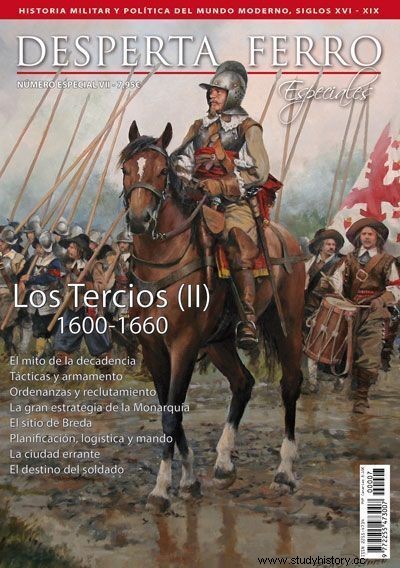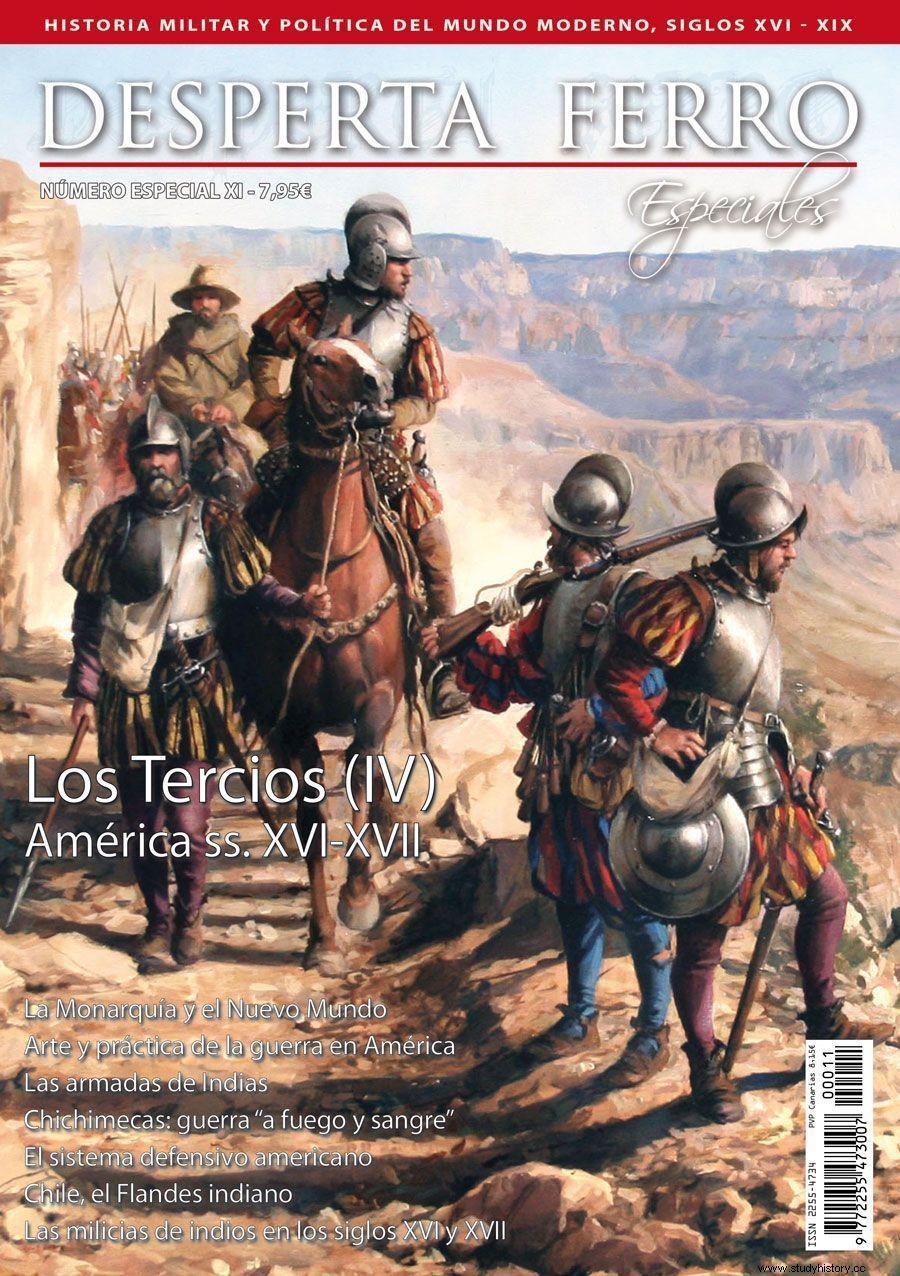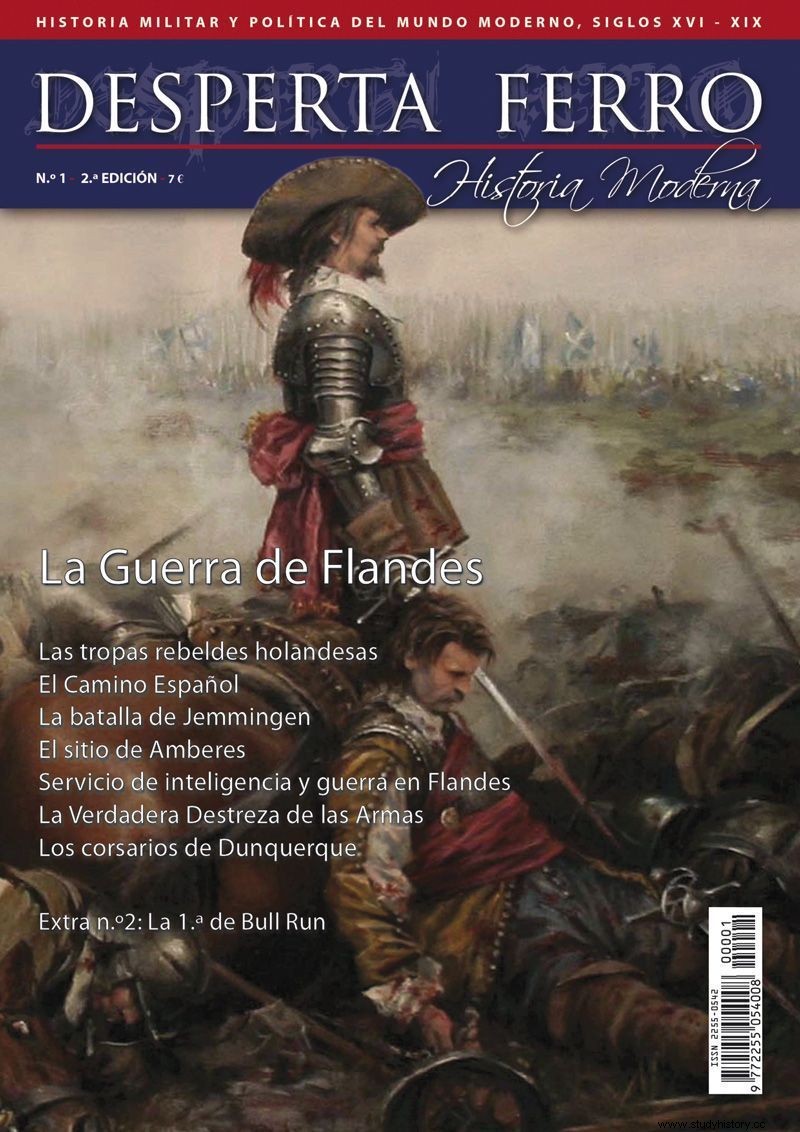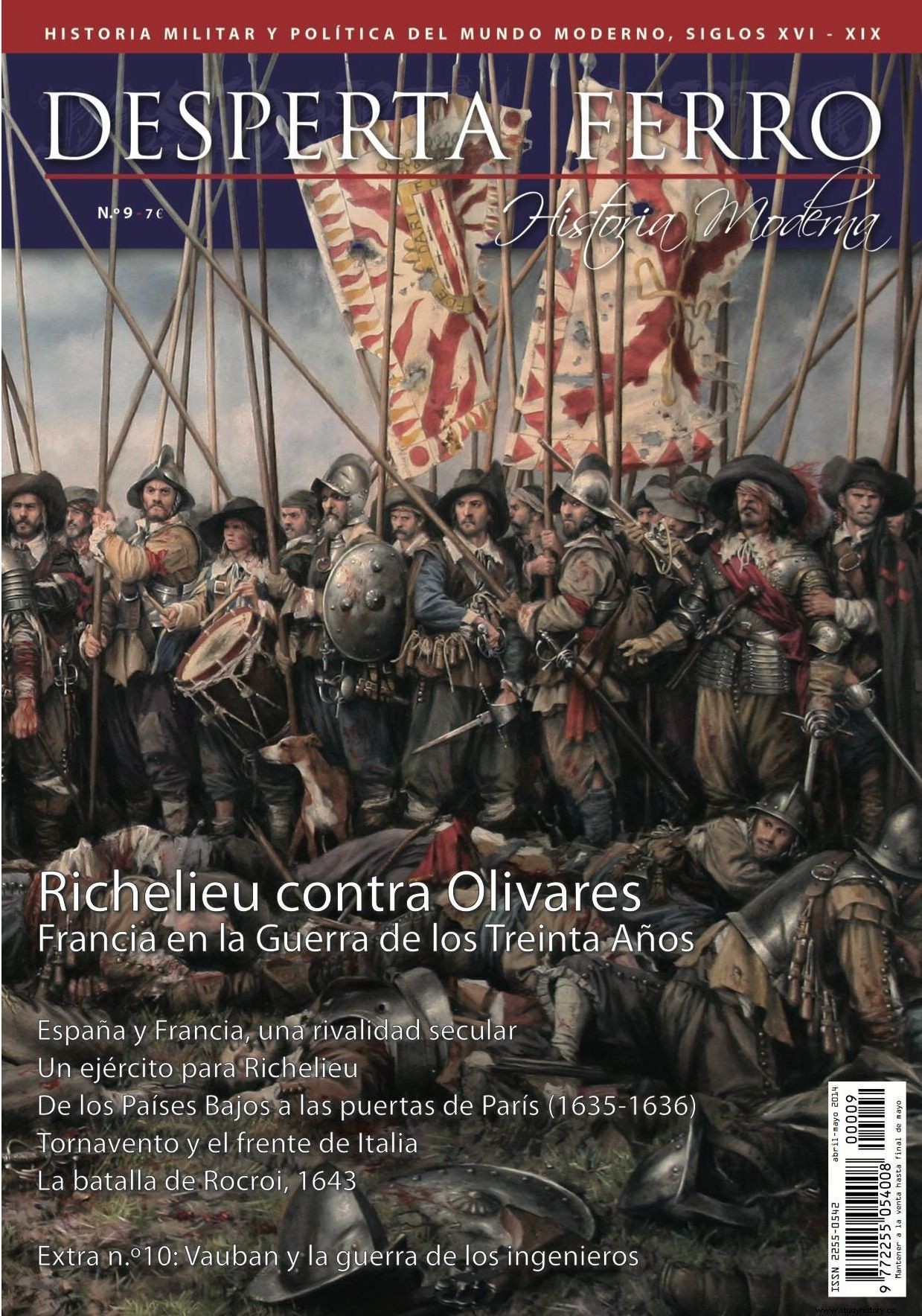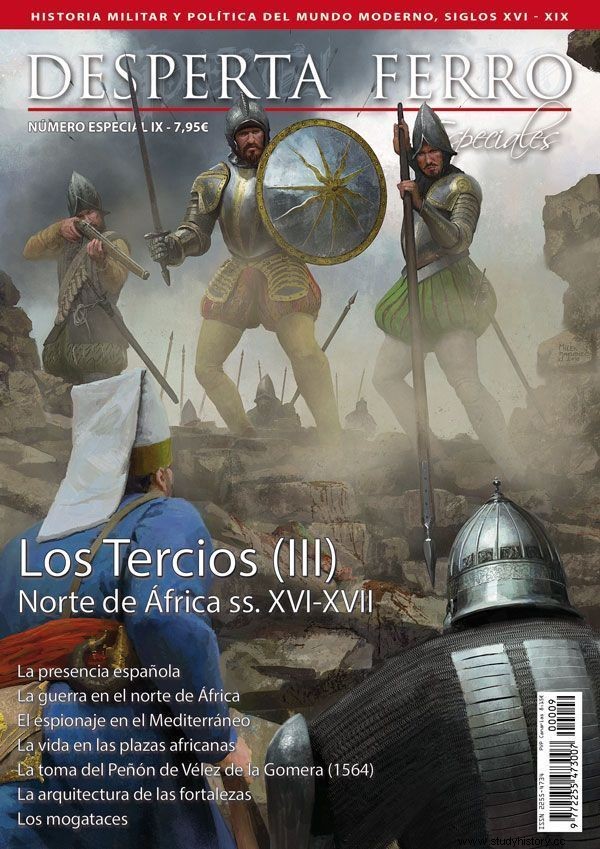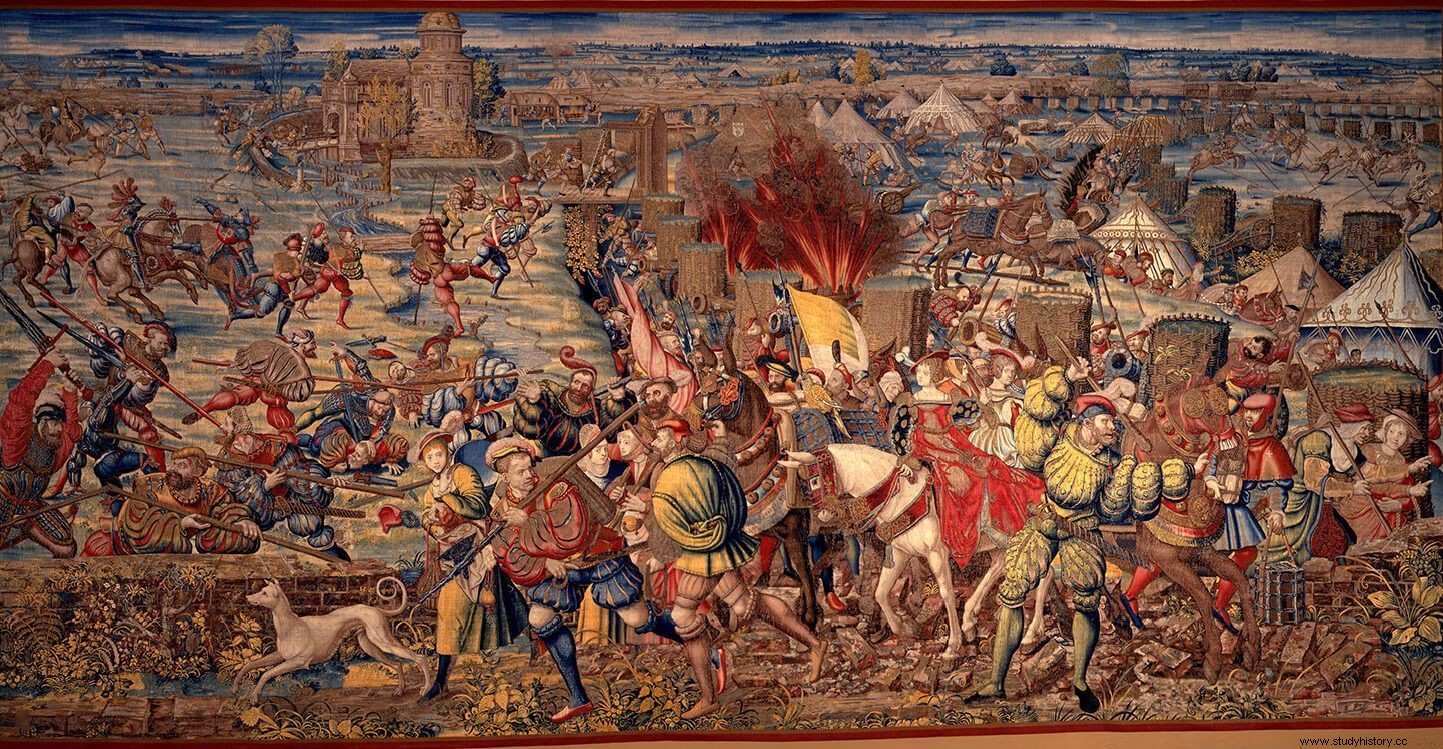
Dear readers
This Sunday February 24 is the 494th anniversary of the Battle of Pavia , one of the greatest military successes of the Spanish arms that sealed the victory of the Hispanic Monarchy in the Wars of Italy and the definitive triumph of the tactical model of the Spanish infantry that would lay the foundations for the future thirds.
To commemorate this key date, from today, February 21, until Sunday 24 you can enjoy the selection of products related to the third parties included in this email with free shipping costs * By delivery method Correo Paq 72 (Correos courier, delivery in 48-72 hours on working days) on orders in our online store from any amount, with no minimum order.
*Offer valid for the Peninsula and the Balearic Islands. For the Canary Islands and the rest of the world, the corresponding shipping costs will apply.
FEATURED POSTS
Free shipping on our entire selection
From Pavia to Rocroi. The Spanish Tercios

“It is great news that this classic has been rescued, because From Pavia to Rocroi it is a masterpiece, essential in any good historical library. With this splendid book, Julio Albi achieved a fascinating account of the rise and fall of what was the best infantry in the world.”
Arturo Pérez-Reverte
TO BUYAwake Ferro Modern History #30:The Battle of Pavia
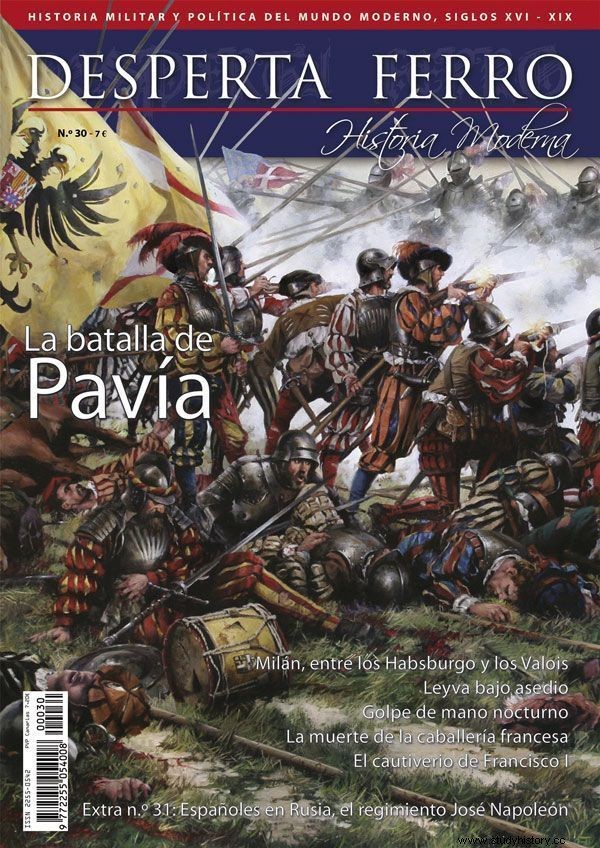
The Battle of Pavia it is the symbol of the end of an era and the epitome of a transitional period in warfare. On the morning of February 24, 1525, in the extensive park located to the north of the city -former hunting ground of the Dukes of Milan-, the French heavy cavalry, the best military force in Europe, was massacred in a few minutes by infantrymen. Spaniards equipped with arquebuses. The firearm, which three years ago, in Bicoca, had already sentenced the heavy Swiss phalanxes, once again demonstrated its primacy. The reign of what, a few years later, would be baptized as a third was inaugurated.
TO BUYSpecial V The thirds (I). 16th century
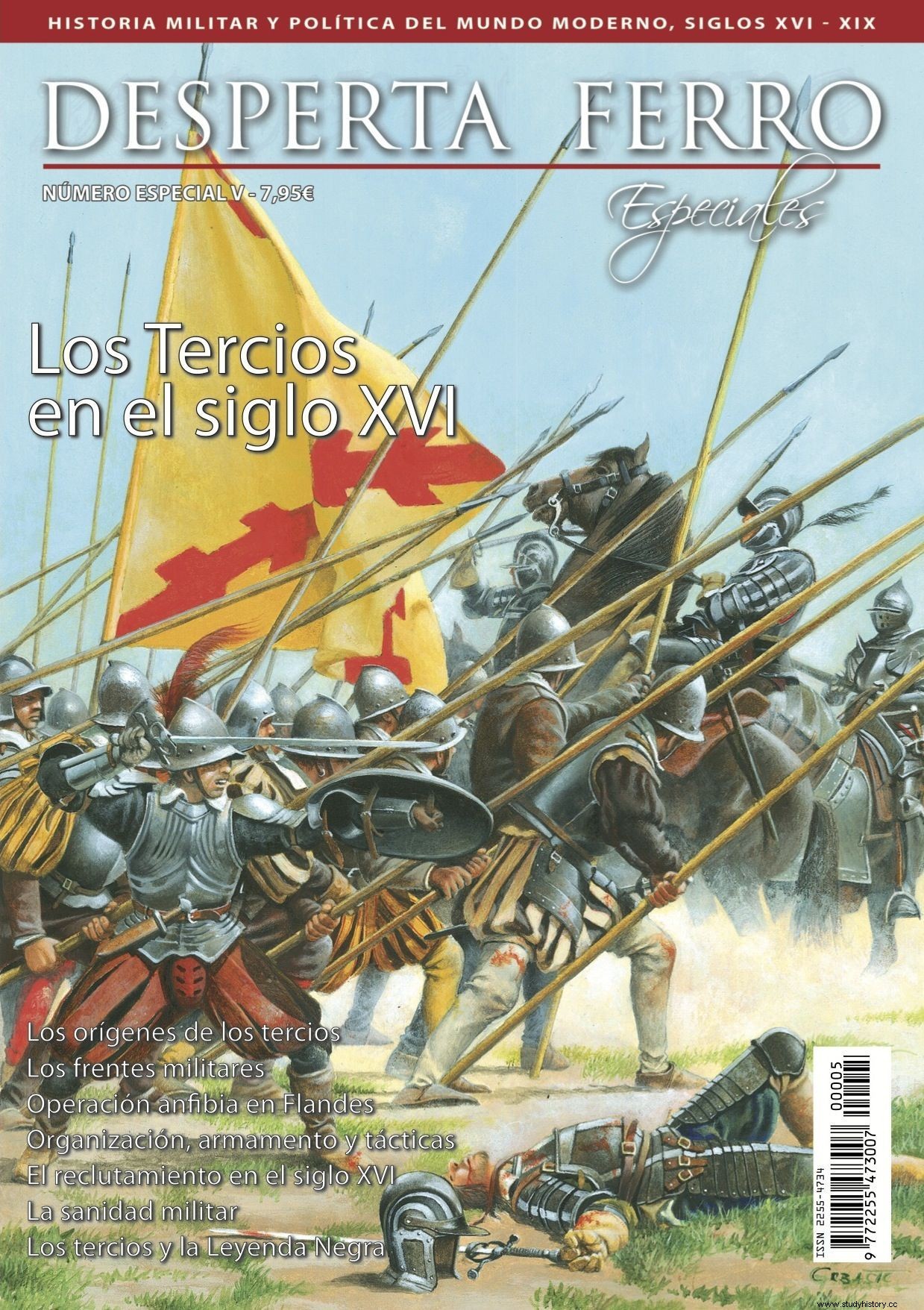
The capital importance of the thirds in the 16th century within the armies of the Habsburgs it was left behind in history buried in the rich Spanish archives. These units, of ancient inspiration in the Roman legions, had hardly been studied until books by Geoffrey Parker and René Quatrefages decided to set their sights on them. Ignored for almost the entire 20th century by Spanish historiography, the Tercios had to wait until the 20th and 21st centuries when a wave of young university students decided to investigate this military facet of the Hispanic Monarchy.
TO BUYRECOMMENDED POSTS
Free shipping on our entire selection
